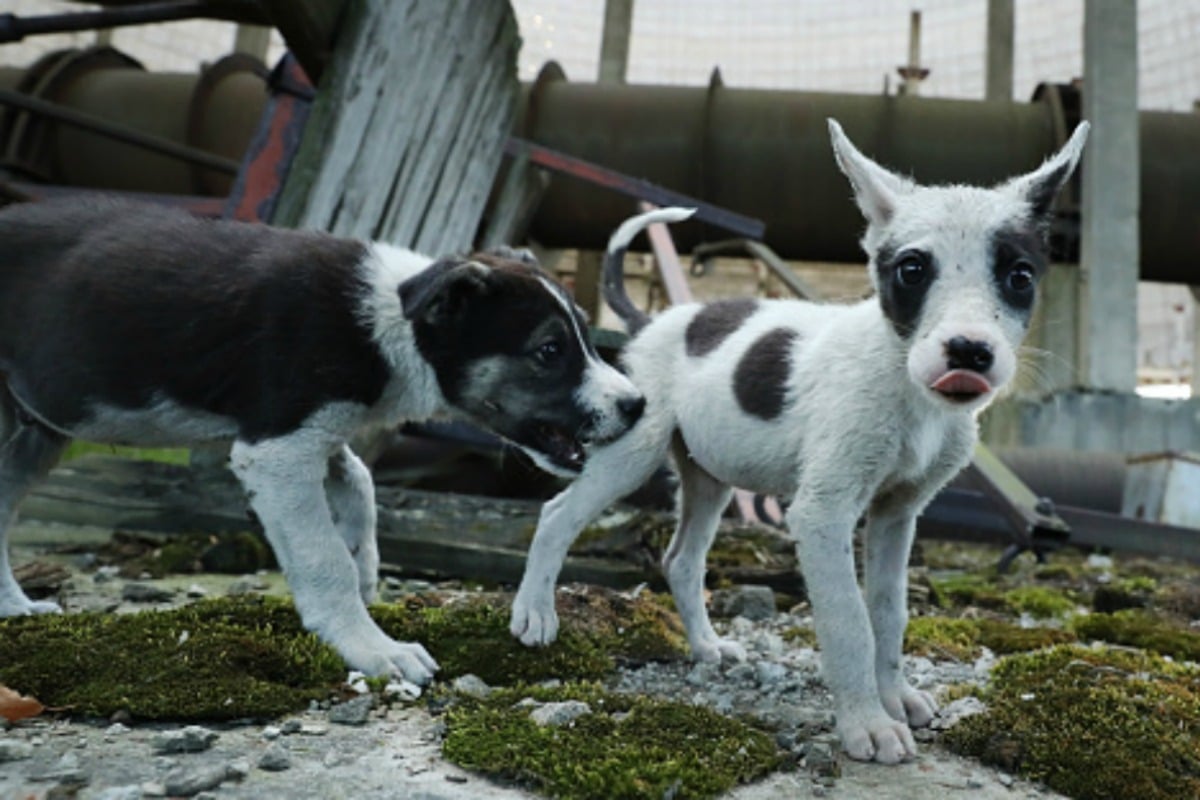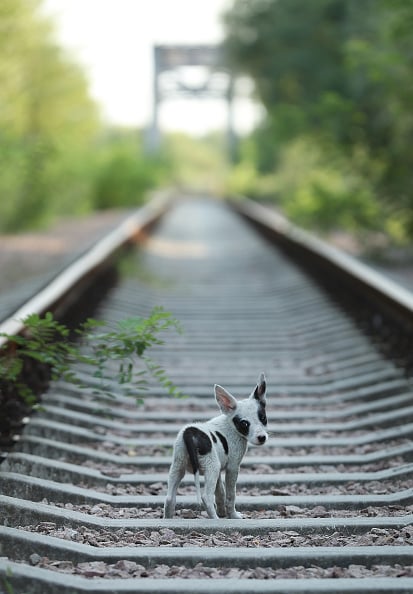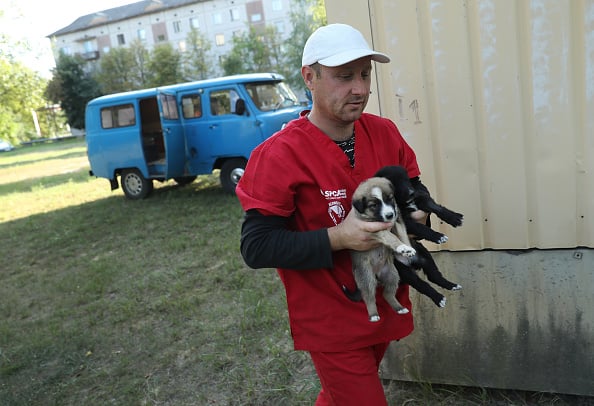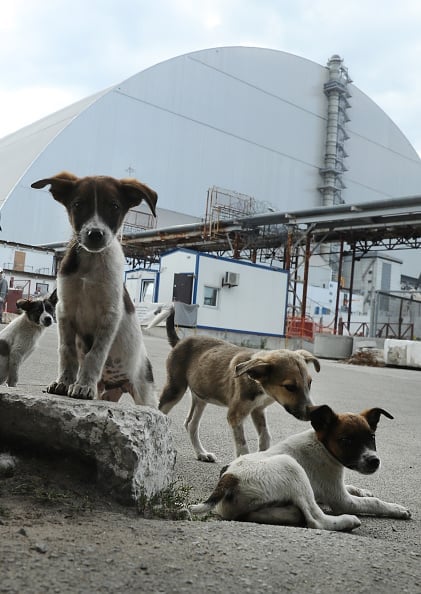
Thirty-six hours after Chernobyl’s catastrophic nuclear accident, Soviet officials were instructed to evacuate almost 50,000 residents from the nearby city of Pripyat.
Over the coming days, a further 68,000 people were evacuated from neighbouring areas, as well as the town of Chernobyl itself.
But as the people of northern Ukraine were packed onto buses, they were instructed to leave everything behind, including their pets.
First-hand accounts in Chernobyl Prayer, an oral history of the event, tell of “dogs howling, trying to get on the buses…
“The soldiers were pushing them out again, kicking them. They ran after the buses for ages.”
Soldiers were instructed to shoot the remaining animals left in the exclusion zone. Distraught pet owners left notes on their front doors, begging ‘Don’t kill our Zhulka. She’s a good dog.’
As seen in the Chernobyl HBO series, even puppies weren’t spared.
In the Chernobyl Prayer book, one liquidator recalled the effort to prevent the spread of radiation.
“Dogs were running about near their houses. Guarding them, waiting for people to come back. They were excited to see us, came running to a human voice. They welcomed us,” they wrote.
“We shot them in the houses, the barns, the vegetable plots. Then we dragged them out and loaded them on to the tipper trucks. Not pleasant, of course. They couldn’t understand why we were killing them.”
Thankfully, a number of the dogs managed to escape and survive, and now an estimated 900 stray dogs live in Chernobyl.































































































